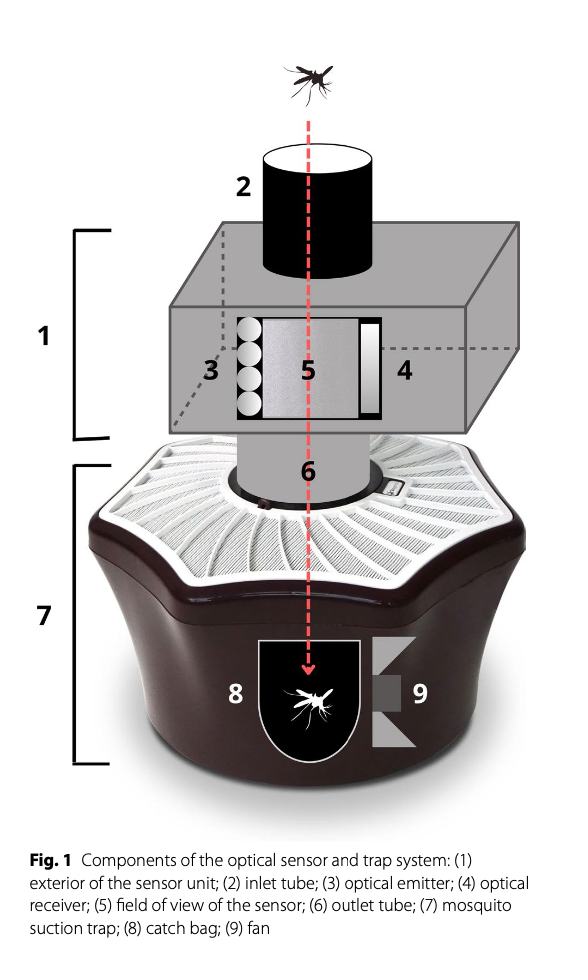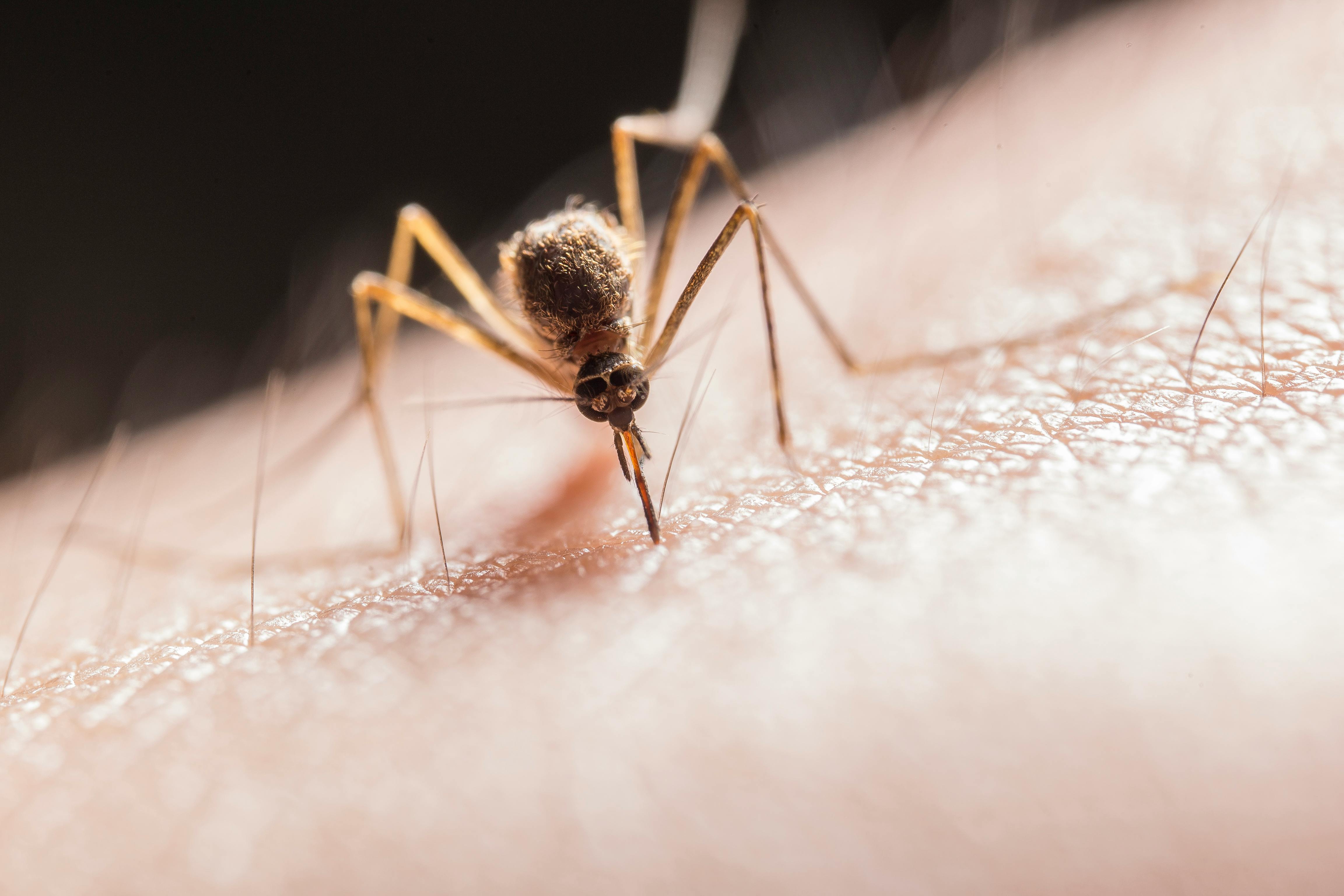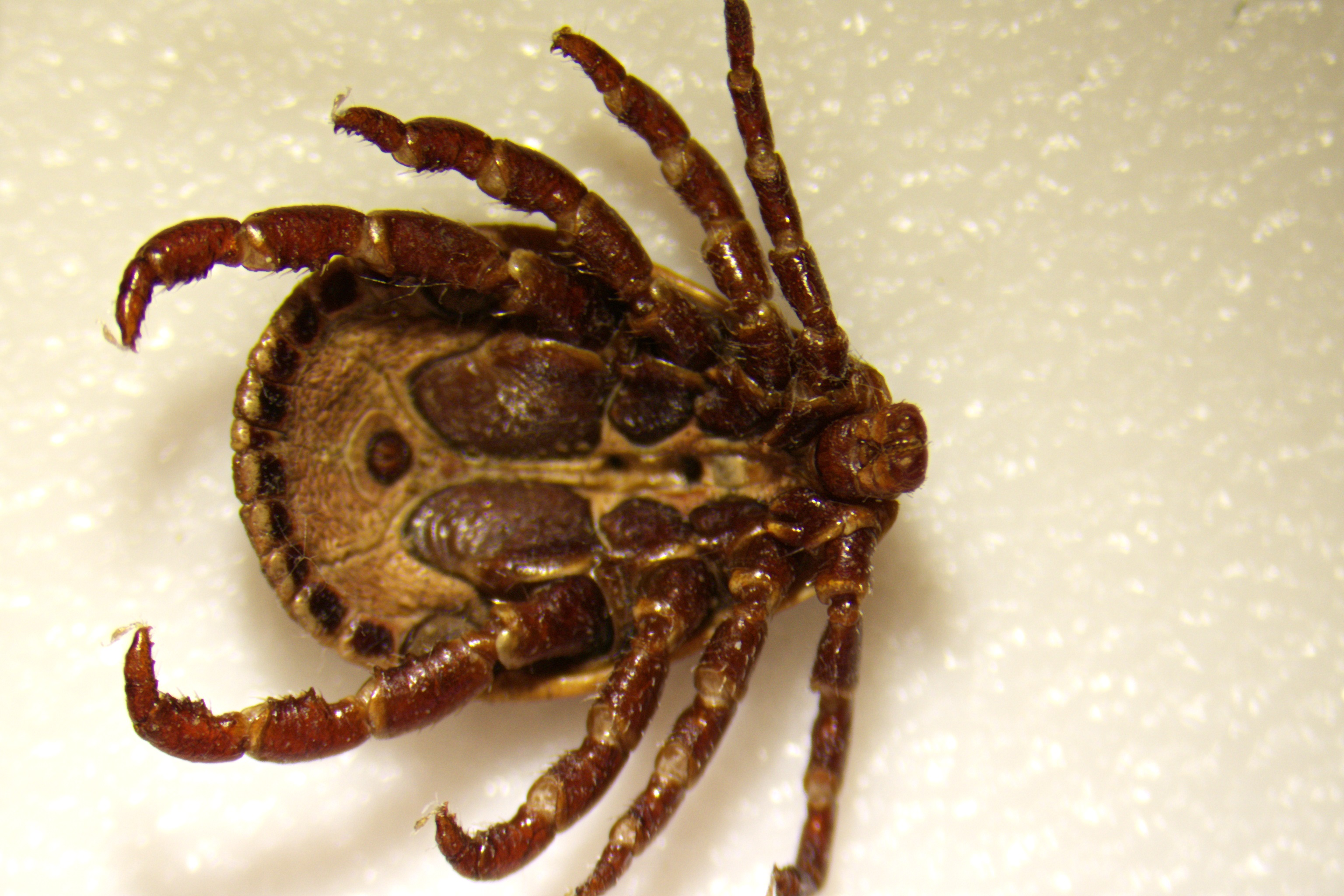The Technological Breakthrough
Mosquito-borne diseases present a significant threat to public health, necessitating robust vector surveillance and control programs. Traditional surveillance methods are labor-intensive and do not provide high temporal resolution, which may hinder a full assessment of the risk of mosquito borne pathogen transmission. Emerging technologies for automated remote mosquito monitoring have the potential to address these limitations; however, few studies have tested the performance of such systems in the field.
The Barcelona-based company Irideon, partner of IDAlert, has unveiled a cutting-edge optical sensor integrated into a standard mosquito suction trap. This technological innovation promises automated remote monitoring with unprecedented precision, addressing the limitations of traditional surveillance methods.
The research employed an optical sensor coupled with a mosquito trap to record 14,067 mosquito flights of Aedes and Culex genera at four temperature regimes in laboratory conditions. The resulting dataset was leveraged to train a machine learning model, forming the core of an automated mosquito surveillance system. This technology provides high-temporal resolution data crucial for effective vector control, offering a revolutionary approach to mosquito monitoring.
Taking the system from the laboratory to the field, the integrated optical sensor, trap, and machine learning model were tested for discriminating target mosquitoes and classifying them by genus and sex. Impressively, the system achieved a balanced accuracy of 95.5% in discriminating Aedes and Culex mosquitoes and 88.8% in classifying genus and sex. Validation through maonual trap inspections confirmed the reliability of the automated system, showcasing its potential for accurate and efficient mosquito surveillance in real-world scenarios.
This study demonstrates the successful implementation of an optical sensor in conjunction with a mosquito trap for automated mosquito surveillance. With high accuracy and temporal resolution, the system proves its efficacy in providing crucial data for monitoring Aedes and Culex mosquitoes—key vectors in arbovirus transmission. The integration of advanced technology into conventional surveillance methods opens new possibilities for more effective and targeted vector control strategies.
Explore the full paper, “Field Evaluation of an Automated Mosquito Surveillance System,” on Parasites & Vectors here: https://parasitesandvectors.biomedcentral.com/articles/10.1186/s13071-024-06177-w





